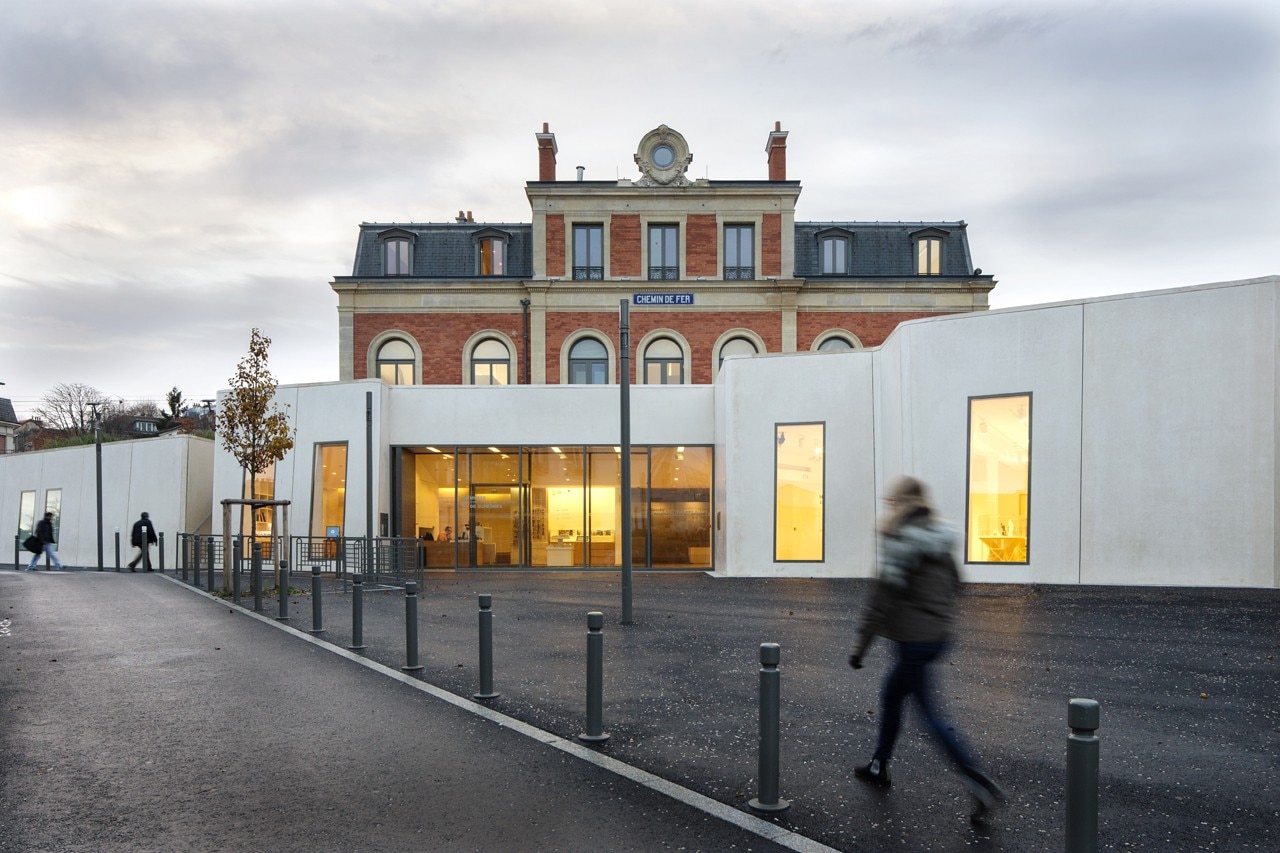
Tomorrow's energy comes from today's ideas
Enel extends the date to join the international “WinDesign” contest to August 30, 2025. A unique opportunity to imagine the new design of wind turbines.
- Sponsored content
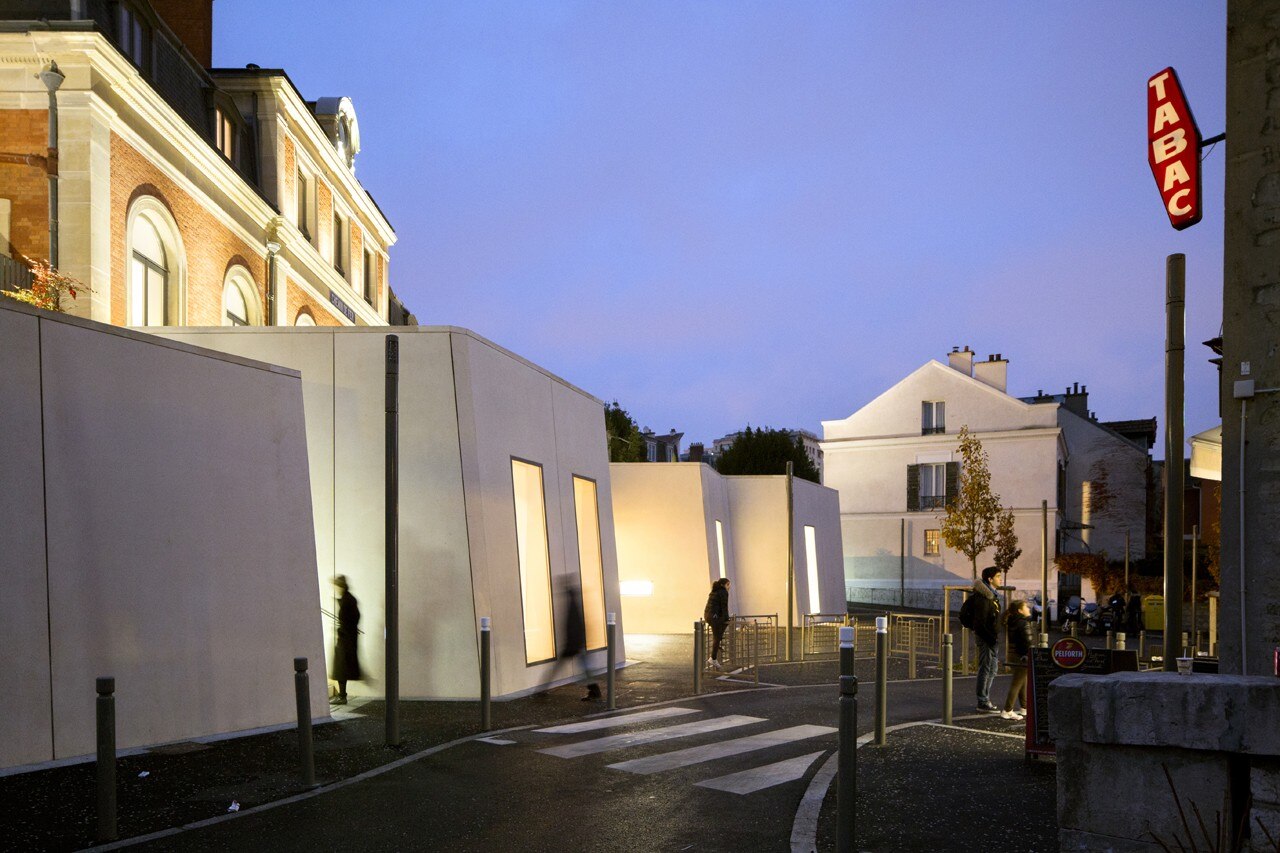
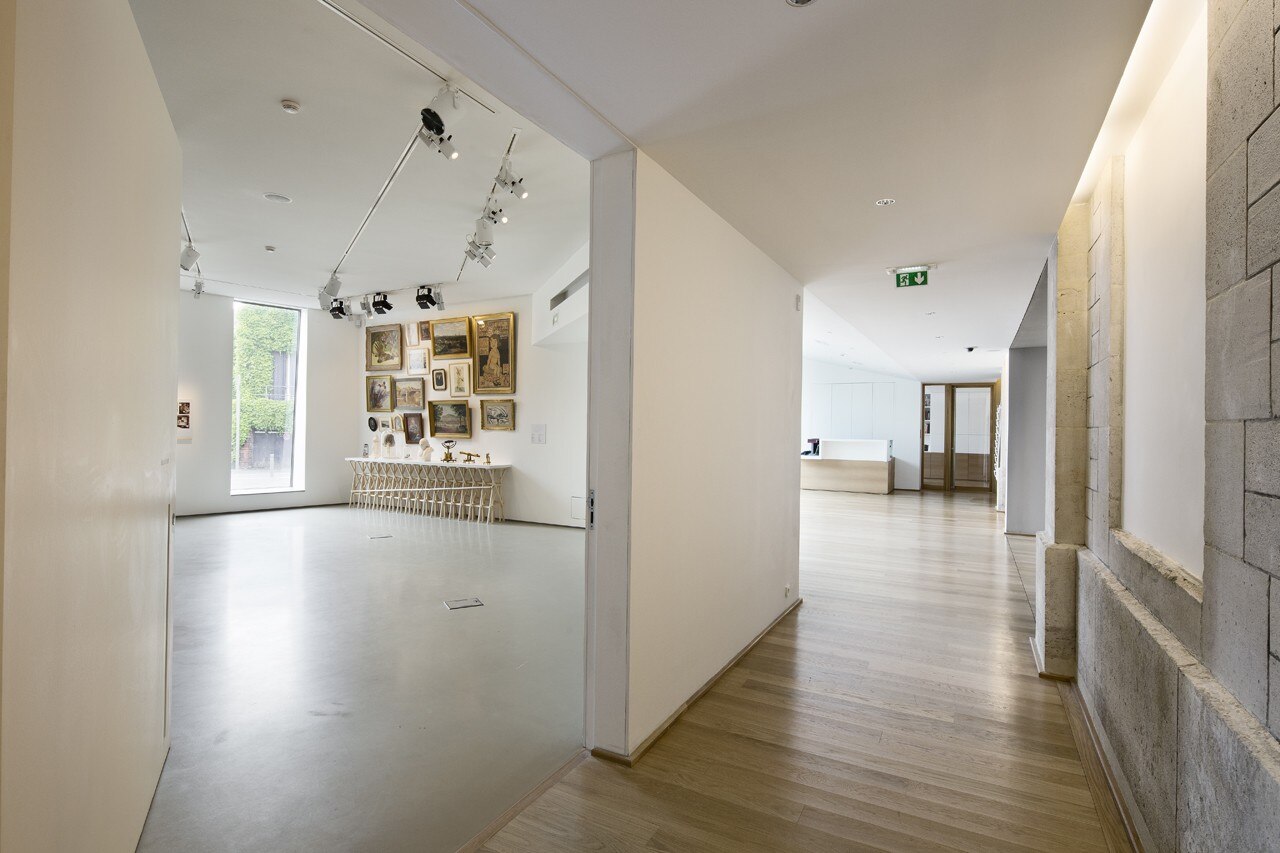
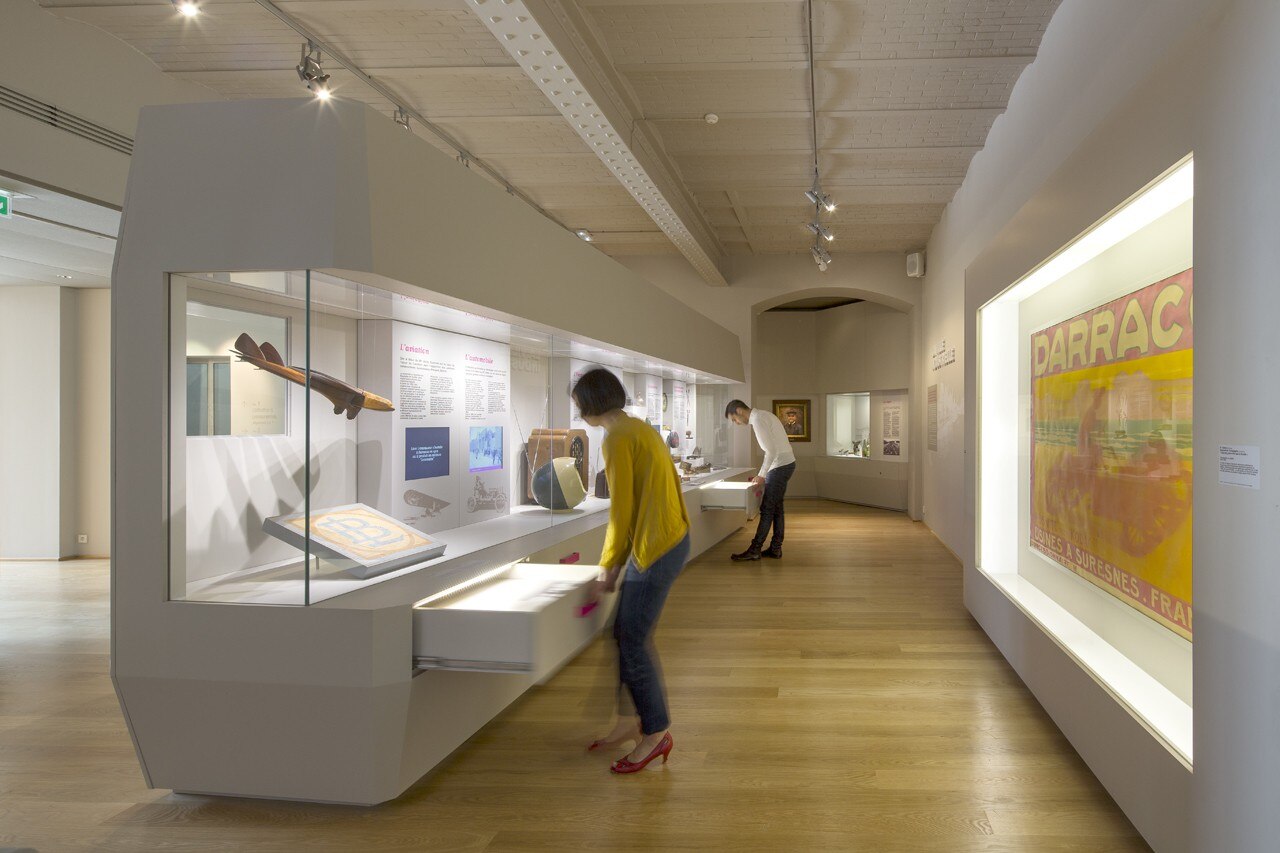
 View gallery
View gallery
01 / 13

Encore Heureux, Mus, museum of urban and social history, Suresnes, Nanterre, France. © Luc Boegly
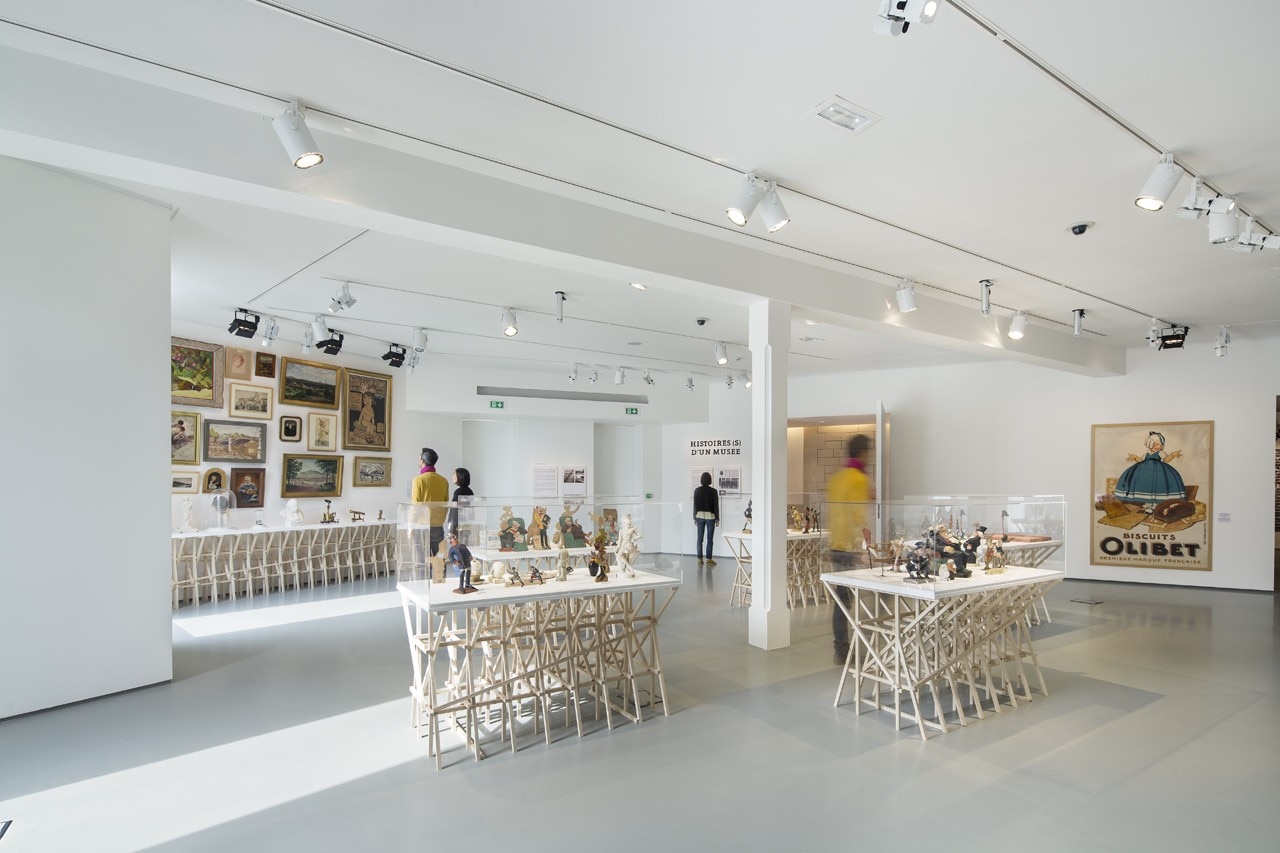
Encore Heureux, Mus, museum of urban and social history, Suresnes, Nanterre, France. © Luc Boegly
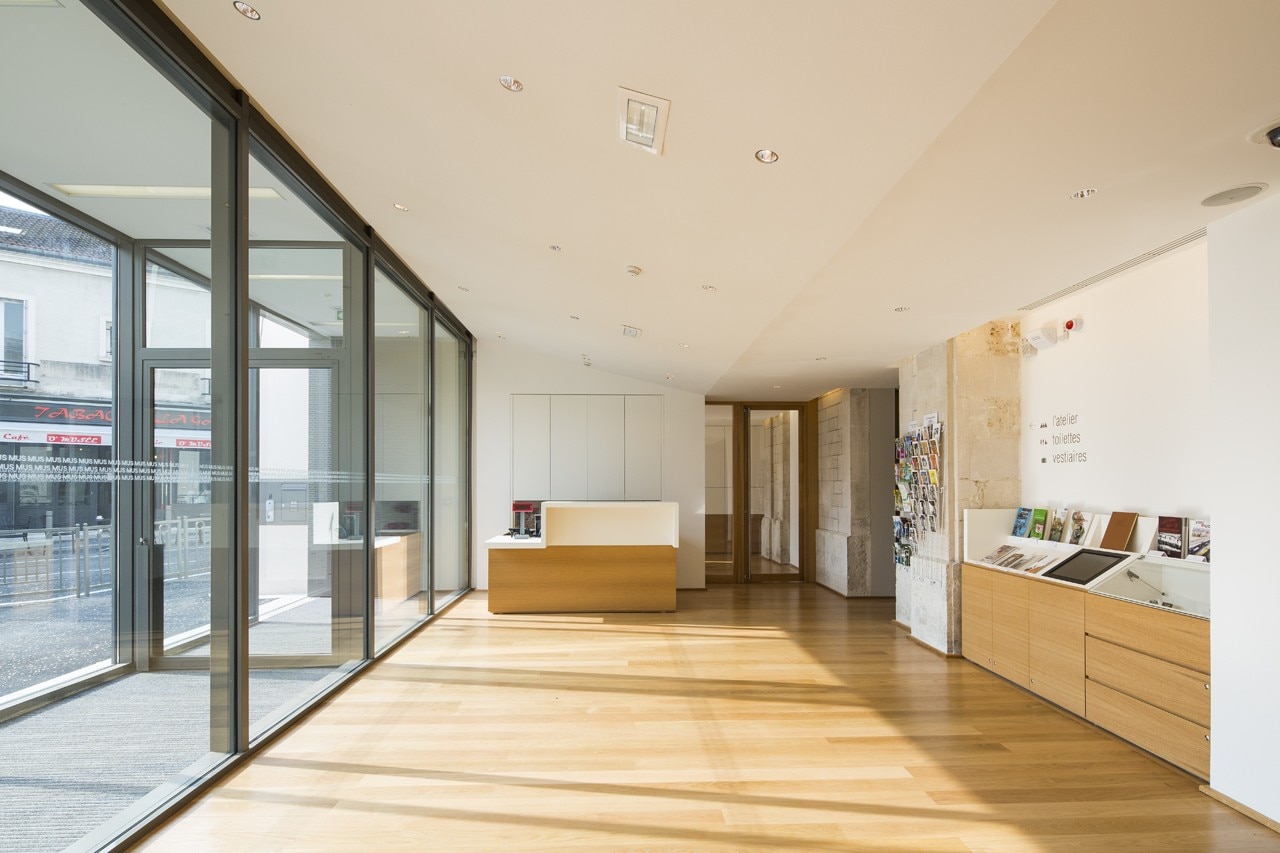
Encore Heureux, Mus, museum of urban and social history, Suresnes, Nanterre, France. © Luc Boegly
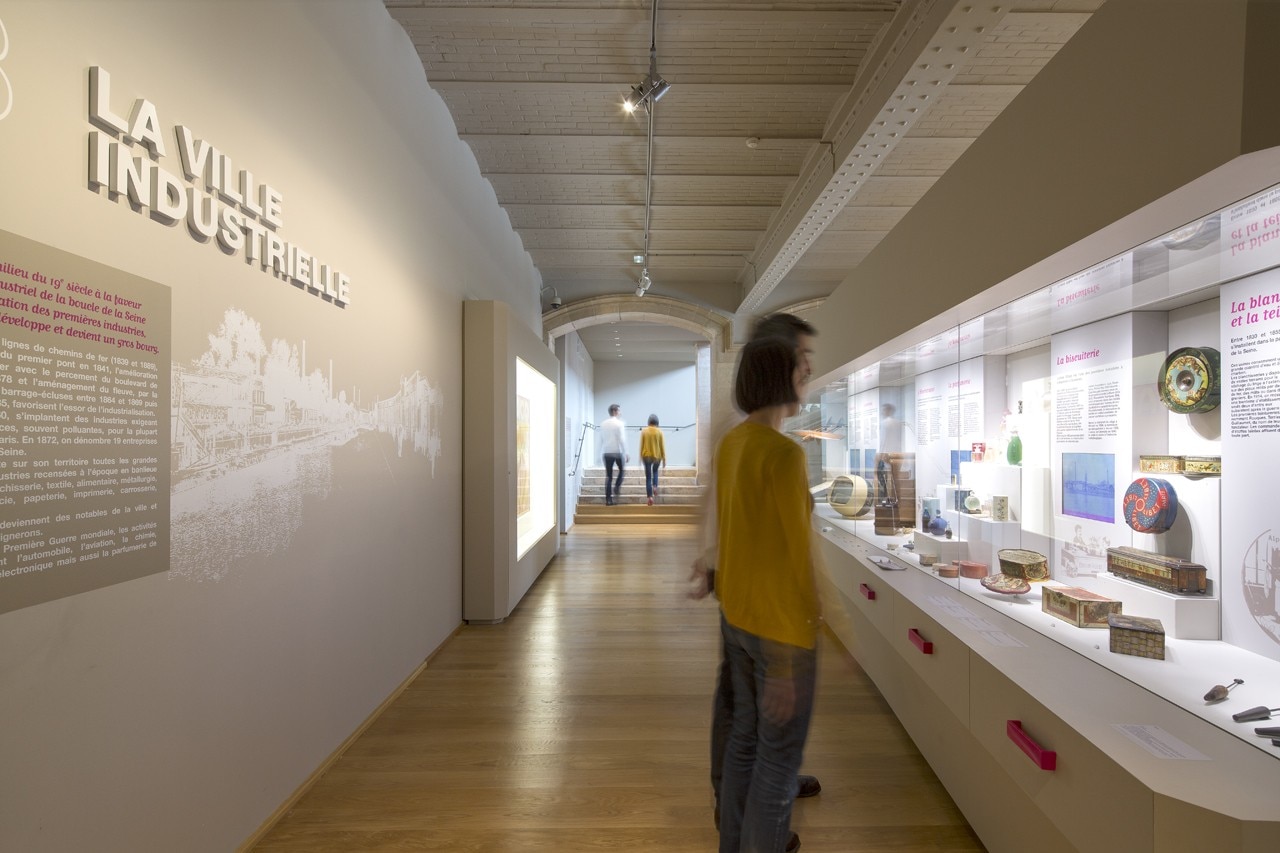
Encore Heureux, Mus, museum of urban and social history, Suresnes, Nanterre, France. © Luc Boegly

Encore Heureux, Mus, museum of urban and social history, Suresnes, Nanterre, France. © Luc Boegly

Encore Heureux, Mus, museum of urban and social history, Suresnes, Nanterre, France. © Luc Boegly

Encore Heureux, Mus, museum of urban and social history, Suresnes, Nanterre, France. © Cyrus Cornut
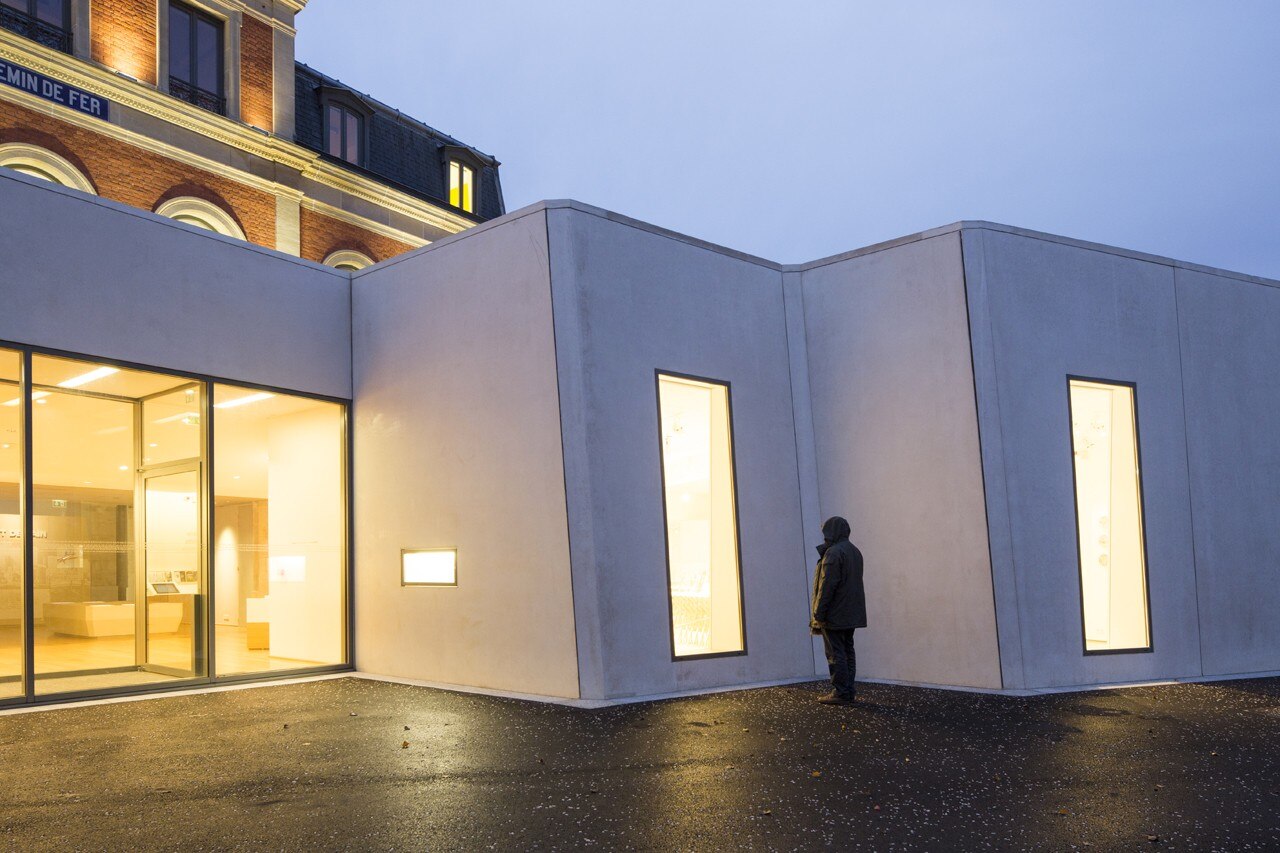
Encore Heureux, Mus, museum of urban and social history, Suresnes, Nanterre, France. © Cyrus Cornut
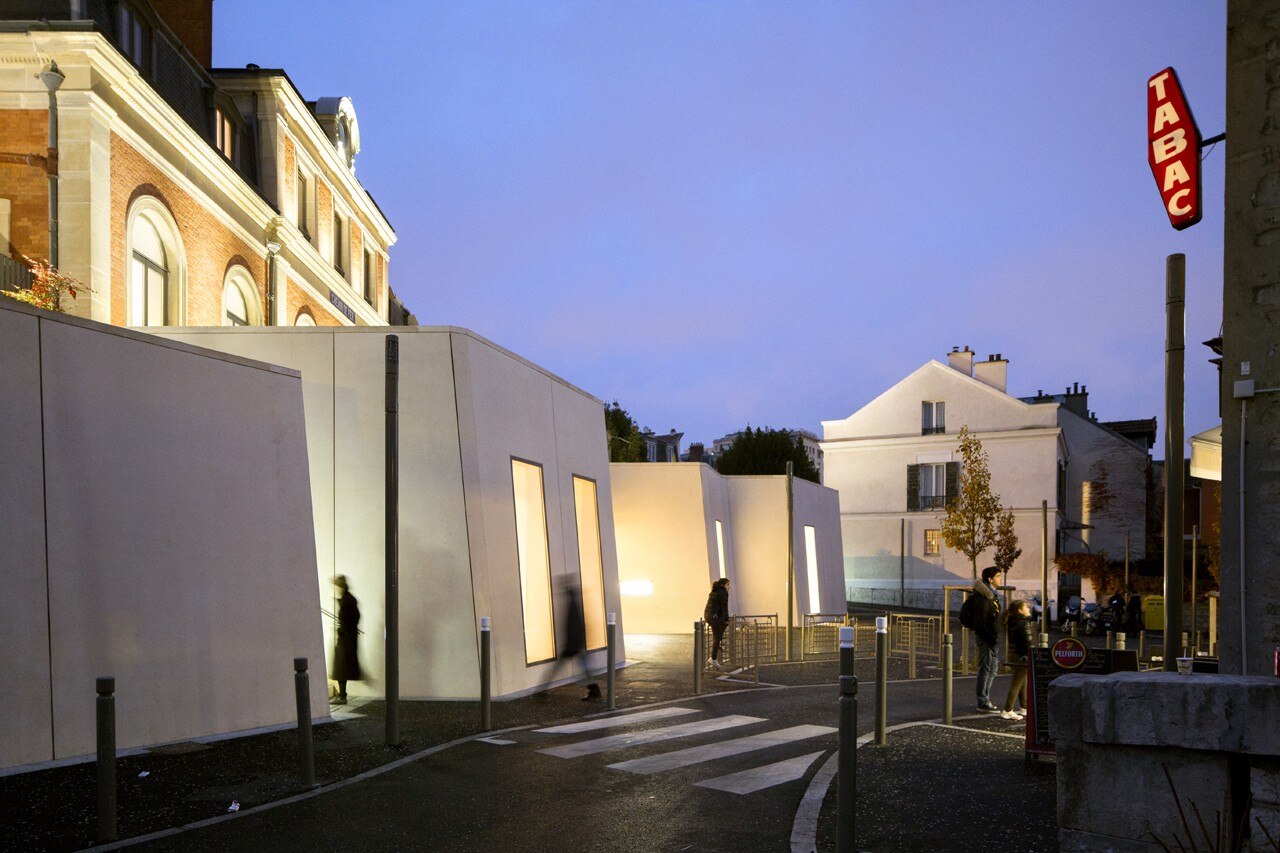
Encore Heureux, Mus, museum of urban and social history, Suresnes, Nanterre, France. © Cyrus Cornut
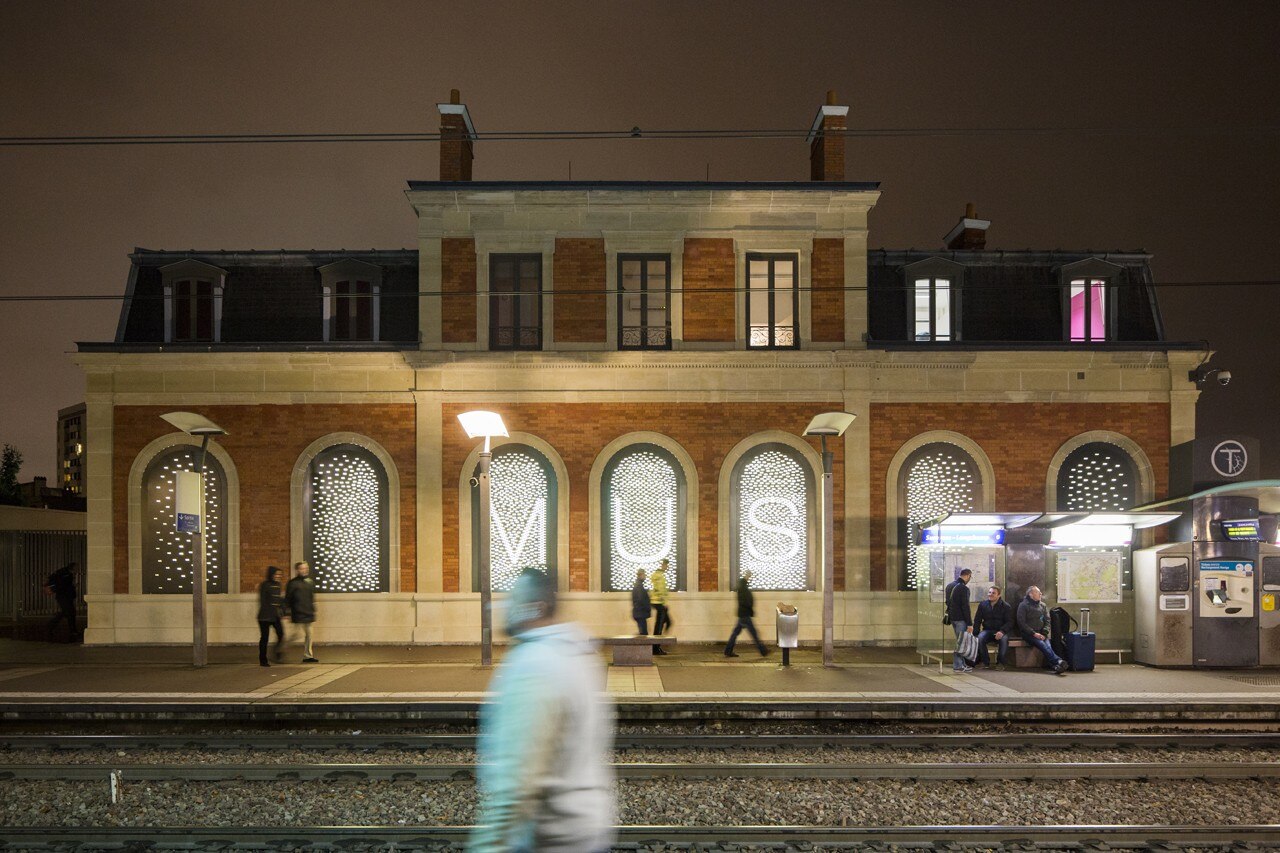
Encore Heureux, Mus, museum of urban and social history, Suresnes, Nanterre, France. © Cyrus Cornut
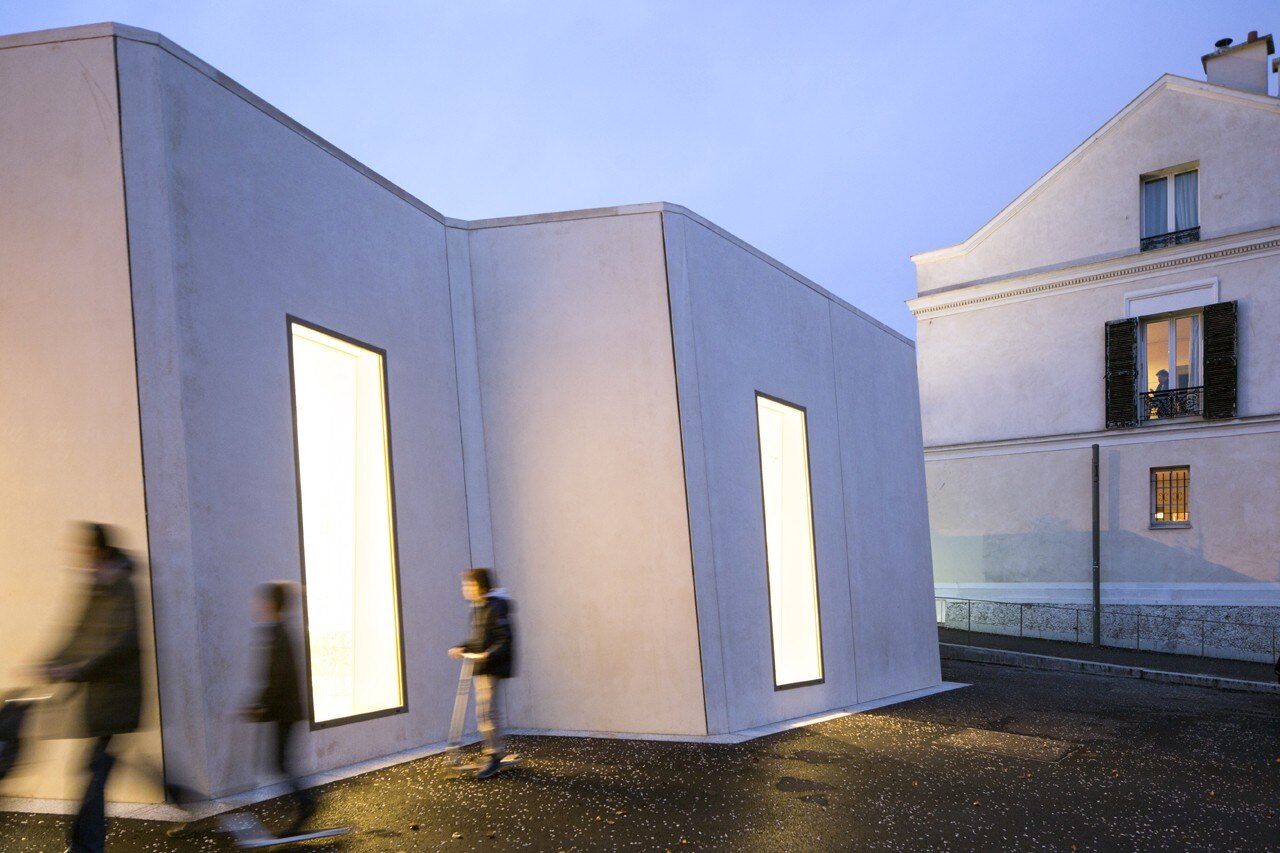
Encore Heureux, Mus, museum of urban and social history, Suresnes, Nanterre, France. © Cyrus Cornut

concept [Converti]
Encore Heureux, Mus, museum of urban and social history, Suresnes, Nanterre, France. Concept
Mus, museum of urban and social history, Suresnes, Nanterre, France
Program: museum
Architects: Encore Heureux
Client: Ville de Suresnes
Area: 1000 sqm
Completion: 2013

Do you know how a food disposer works?
60% of American kitchens have one, and food waste disposers are becoming increasingly popular in Italy as well. But what exactly are they, and how do they work?
- Sponsored content


